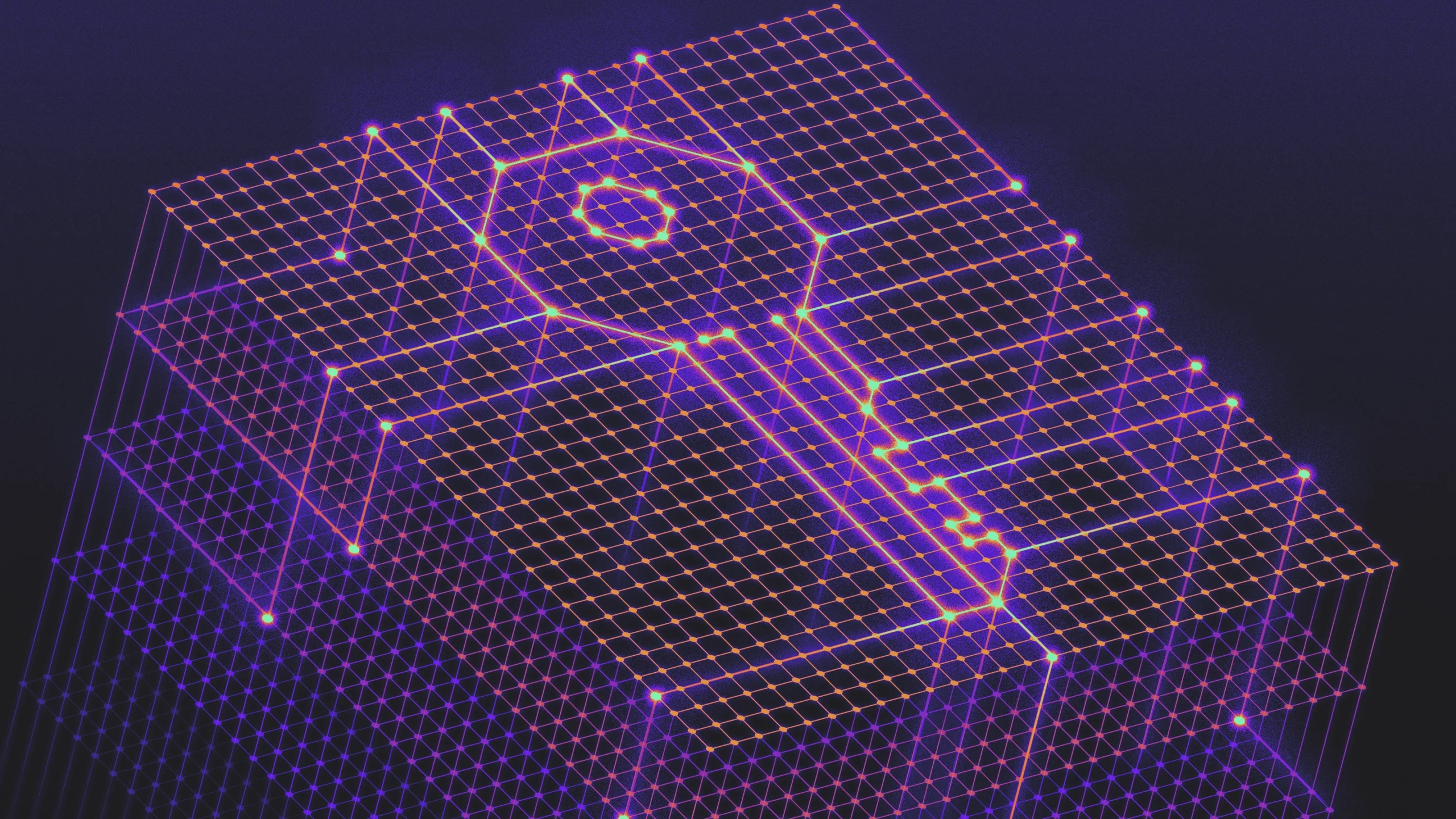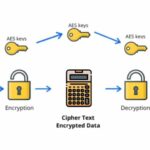As we traverse the digital landscape, our reliance on cryptography has grown profoundly. It is the unsung hero of our online lives, a robust guardian shielding our data from nefarious actors and safeguarding our secrets. Yet, as we stand on the brink of a new technological era, the advent of quantum computing threatens to upend the foundations of this silent protector. The future of cryptography is quantum, and the implications are as intriguing as they are complex.
The Quantum Revolution
Imagine a vast symphony, where every note represents a piece of information—high and low, quick and sustained, all intertwined in a delicate dance of data. Quantum computing is akin to introducing a radical new musician into this orchestra, capable of creating melodies that ordinary instruments cannot replicate. This revolutionary technology harnesses the principles of quantum mechanics, allowing the potential for pandemonium and harmony alike in the world of cryptography.
In classical computing, data is encoded using binary digits or bits, which can exist in one of two states: 0 or 1. Conversely, quantum bits or qubits behave like a sea of possibilities. They can exist in multiple states simultaneously due to superposition, and they can be intricately linked through entanglement. This unique characteristic provides quantum computers with the ability to process enormous amounts of data far more efficiently than their classical counterparts.
The Vulnerability of Classical Cryptography
As we delve deeper, the vulnerabilities inherent in current cryptographic systems become starkly evident. The majority of online security relies on algorithms like RSA and ECC, which offer protection through the difficulty of factorizing large integers or computing discrete logarithms. These classical methods are akin to intricate locks on a door that a skilled locksmith can eventually pick. Quantum computers, with their unparalleled processing prowess, could shatter these locks in mere moments. For instance, Shor’s algorithm can efficiently factor large numbers, rendering traditional asymmetric encryption utterly obsolete.
With the specter of quantum supremacy looming, the imperative for quantum-safe cryptography becomes an existential necessity. The question is not whether quantum computers will arrive, but rather when. The digital landscape demands an evolution—an adaptation to this shifting paradigm.
Quantum-Safe Cryptography: The New Bastion
To combat the quantum threat, a new breed of cryptography has emerged, termed post-quantum cryptography (PQC). Picture this as a formidable fortress rising in response to a looming storm. The algorithms within this citadel are designed to withstand attacks from quantum machines, incorporating mathematical structures that are believed to be resistant to quantum decryption methods.
Among these algorithms, lattice-based cryptography stands out as a harbinger of hope. It relies on the hardness of problems in high-dimensional lattices, which are excruciatingly challenging for quantum computers to solve. Moreover, codes based on error-correcting mechanisms and multivariate polynomials showcase resilience, further reinforcing this new cryptographic architecture.
Interestingly, this shift to PQC is not merely an academic exercise; it holds profound implications for the industry. Corporations and governments alike are scrambling to reevaluate their systems, seeking to replace legacy protocols with quantum-ready alternatives. The National Institute of Standards and Technology (NIST) has made significant strides by organizing a competition to encourage the development of standardized quantum-resistant algorithms, paving the way for secure communications in a post-quantum world.
Quantum Key Distribution: A New Dawn
As the future unfolds, quantum key distribution (QKD) represents a groundbreaking advancement in secure communication. This innovative approach utilizes the properties of quantum mechanics to create and distribute secure keys for encrypting and decrypting messages. Imagine a pair of secretive messengers, capable of communicating in a language so inherently secure that any attempt to eavesdrop is instantly detectable.
The principles behind QKD hinge on the observation of quantum states, particularly the phenomenon known as the no-cloning theorem. This theorem asserts that it is impossible to create an identical copy of an unknown quantum state. If an intruder attempts to intercept the key, the system detects disruptions caused by the measurement, providing the communicating parties with real-time alerts. This transformative capability underlines the profound elegance of quantum cryptography.
Challenges Ahead
Despite these promising developments, the journey toward a quantum-secure future is laden with challenges. Implementing PQC and QKD at a scale that meets the demands of modern communication infrastructure requires overcoming significant technical hurdles. Transitioning from established protocols to their quantum-safe counterparts entails not only a renewed understanding of cryptographic principles but also substantial investment in research and technology.
Furthermore, the threat landscape continues to evolve. As organizations seek to adopt quantum-resistant technologies, bad actors will similarly invest in capabilities to exploit any vulnerabilities in these new systems. Vigilance and adaptation will remain central tenets in the ongoing battle for digital security.
The Promising Horizon
Ultimately, the future of cryptography is one of both challenge and opportunity. The dawning age of quantum computing will uproot established paradigms while simultaneously giving rise to innovative solutions that promise to redefine security. As we stand at the crossroads of tradition and transformation, the potential for quantum-safe cryptography to usher in a new era of integrity, confidentiality, and trust is palpable.
In this unfolding narrative, the resilience of cryptography will be put to the test. The future may be quantum, but the essential pursuit of safeguarding our digital lives remains as vital as ever.









Leave a Comment